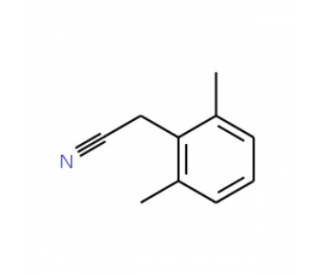详细说明
Species Reactivity
Human
Source
Monoclonal Mouse Clone # 44708, 44716, 44717, 12G5
Formulation
Supplied in a saline solution containing BSA and Sodium Azide.
Label
Biotin
Applications
Recommended
ConcentrationSample
Flow Cytometry
Please refer to the PDF datasheet for specifications.
Please Note: Optimal dilutions should be determined by each laboratory for each application. are available in the Technical Information section on our website.
Preparation and Storage
Stability & Storage
Store the unopened product at 2 - 8° C. Do not use past expiration date. Protect from light.
Background: CXCR4
CXCR4, also known as fusin or LESTR, is a G protein-coupled receptor (GPCR) member of the CXC subfamily of chemokine receptors. Human CXCR4 is 352 amino acids (aa) in length with a predicted molecular weight of 40 kDa. The mouse and rat proteins share 91% aa sequence identity with the human protein. CXCR4 is the chemokine receptor for CXCL12. CXCR4 is a critical regulator of progenitor and stem cell mobilization and recruitment during development and during hematopoiesis. As such, antagonists of CXCR4 can be used to harvest hematopoietic stem/progenitor cells from bone marrow. Significantly, CXCR4 also acts as a co-receptor for HIV and mediates viral entry and infection of T cells. Studies on multiple tumor types implicate the CXCL12:CXCR4 axis in tumor metastasis and angiogenesis.
Entrez Gene IDs:
7852 (Human); 12767 (Mouse); 60628 (Rat); 483900 (Canine); 493676 (Feline)
Alternate Names:
CD184; chemokine (C-X-C motif) receptor 4; chemokine (C-X-C motif), receptor 4 (fusin); C-X-C chemokine receptor type 4; CXCR4; CXC-R4; CXCR-4; D2S201ESDF-1 receptor; FB22; Fusin; HM89NPYRL; HSY3RR; LAP3; LCR1; LESTRCD184 antigen; Leukocyte-derived seven transmembrane domain receptor; leukocyte-derived seven-transmembrane-domain receptor; lipopolysaccharide-associated protein 3; neuropeptide Y receptor Y3; NPY3RWHIM; NPYR; NPYY3R; seven transmembrane helix receptor; seven-transmembrane-segment receptor, spleen; Stromal cell-derived factor 1 receptor











 粤公网安备44196802000105号
粤公网安备44196802000105号